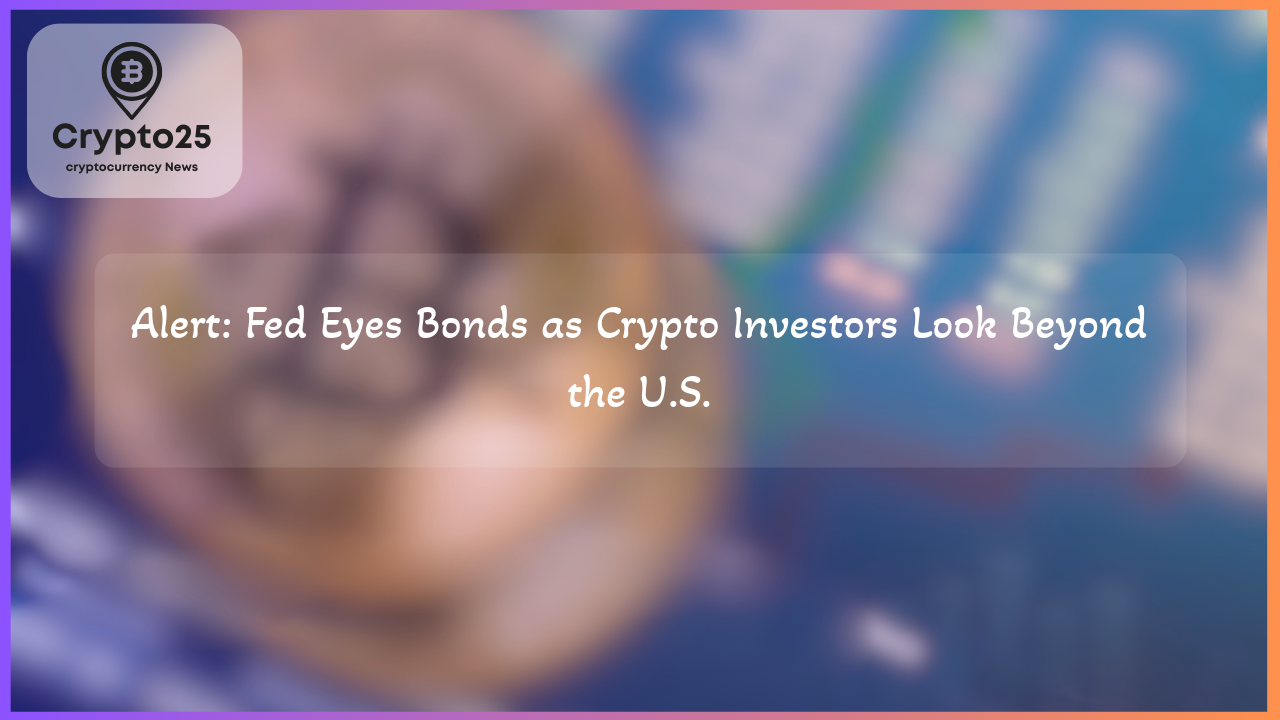
The global financial landscape is experiencing shifts, as rising bond yields and a weakening U.S. dollar signal possible turbulence ahead. Federal Reserve officials, including Minneapolis Fed President Neel Kashkari, are closely monitoring these developments to assess their implications for inflation expectations, market dynamics, and global investment sentiment. These changes could also have significant consequences for cryptocurrency markets, positioning digital assets as potential safe havens.
### How a Weakening U.S. Dollar Impacts Global Markets
The U.S. dollar’s recent decline has raised concerns about its long-held status as the world’s preferred safe-haven currency. Traditionally, during times of global economic uncertainty, the dollar has strengthened due to increased demand. However, current trends suggest a divergence. Neel Kashkari recently noted that the weakening dollar, paired with elevated bond yields, might reflect a gradual erosion of investor confidence in U.S.-based assets.
Kashkari highlighted that shifting sentiment could alter America’s position as a dominant global investment destination. When investors look elsewhere for returns, it can push bond yields higher, creating new dynamics in global markets. These developments aren’t just limited to traditional markets; the weakening dollar also underscores potential opportunities in alternative asset classes like cryptocurrencies.
### Why Inflation Concerns are Reigniting Interest in Bitcoin (BTC)
With inflation uncertainty looming, the Federal Reserve remains focused on preventing short-term inflation concerns from influencing the long-term economic outlook. Kashkari acknowledged that interpreting market trends remains complex, particularly given the interplay of economic growth, investor sentiment, and increased market volatility. During such periods, cryptocurrencies like Bitcoin (BTC) often gain attention.
Historically, digital assets like Bitcoin have performed well during episodes of fiat currency devaluation. As the dollar weakens and inflation threatens purchasing power, cryptocurrencies present themselves as decentralized, alternative stores of value. Their limited supply, especially in the case of Bitcoin, appeals to investors looking to hedge against inflationary pressures. If global confidence in U.S. financial instruments declines, capital may increasingly flow into crypto markets.
### Crypto’s Role Amid Shifting Investment Priorities
As Kashkari observed, changes in global market sentiment could signal a broader shift away from the U.S. as a central investment hub. He emphasized that America’s trade deficit often reflects its role as a key investment destination. Should that perception change, investors may diversify their portfolios, exploring options beyond U.S. bonds and equities. This raises a crucial question: will cryptocurrencies increasingly replace traditional assets in global portfolios?
The weakening dollar and rising inflation uncertainty provide cryptocurrencies with a rare opportunity to shine. Digital assets operate independently of centralized entities and traditional market constraints, enabling investors to bypass some of the limitations of traditional fiat systems. Additionally, the global accessibility and liquidity of cryptocurrencies make them an attractive option for investors seeking to hedge against geopolitical and economic risks.
| Title | Details |
|---|---|
| Market Cap | $1.2 Trillion |
Crypto assets like Bitcoin and Ethereum have historically demonstrated resilience during periods of market volatility. As fiat currencies face credibility challenges, these digital currencies could witness increased institutional and retail adoption. This shift, fueled by global instability, might redefine how investors approach diversification and wealth protection.
### Why the Global Financial Landscape Matters for Crypto Investors
The rapid evolution of financial systems underscores the interconnectedness of global markets. For crypto investors, this environment presents a dual-edged sword. On one hand, declining investor confidence in traditional systems could significantly accelerate widespread crypto adoption. On the other, market volatility combined with limited regulation in some regions may pose challenges for asset stability.
As rising bond yields and the depreciating dollar reshape international market trends, investors are looking to cryptocurrencies as a viable hedge against systemic risks. For those within the crypto community, these developments affirm the narrative that blockchain-based assets offer distinct advantages in an increasingly unpredictable world.
